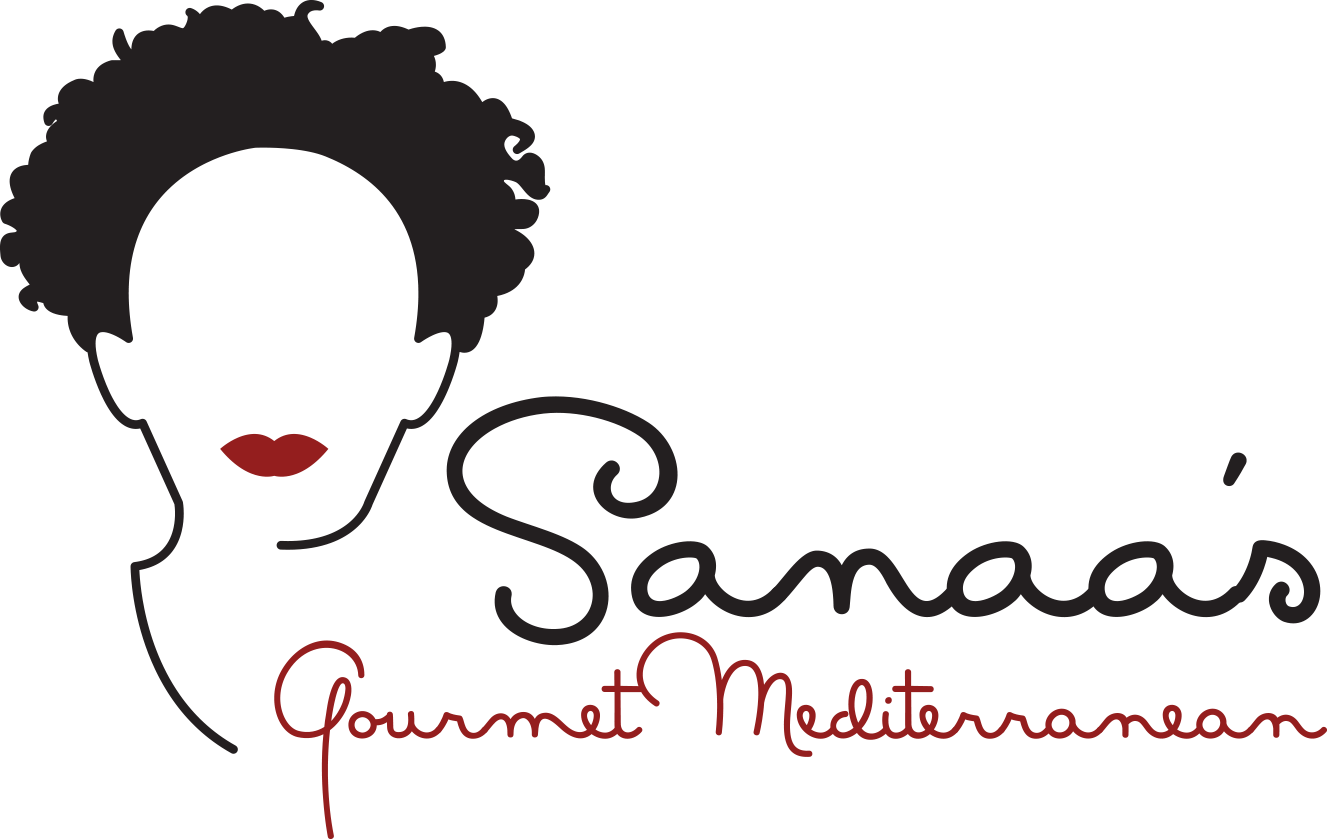Cauliflower
Mark Twain once said that, Acauliflower is nothing but cabbage with a college education.@ Most people say it=s one of the blandest foods available. But if you can find ways to un-bland it, cauliflower is a good source of fiber. Cauliflower comes from a single species of plant called Brassica oleracea, which has yielded a number of vegetables with which we=re familiar. Such vegetables as broccoli, cauliflower, cabbage, kale, Brussels sprouts and kohlrabi come from the Brassica family. Food historians tell us that farmers over time learned to cluster the flower off the stem of a cabbage, condensing it tightly enough to give them cauliflower, with the meaning of the word being Astem flower.@The farmer shields the white floret to prevent it from developing brown spots, which ruin the sales of the vegetable. That extra work of shielding explains why cauliflower is more expensive than other members of the cabbage family. When buying cauliflower don=t worry about brown spots on the floret, as it means that it was hit by direct sunlight. There=s no harm to that. But if the floret shows yellow, and if it feels flabby, it is too old to make a worthwhile purchase.
